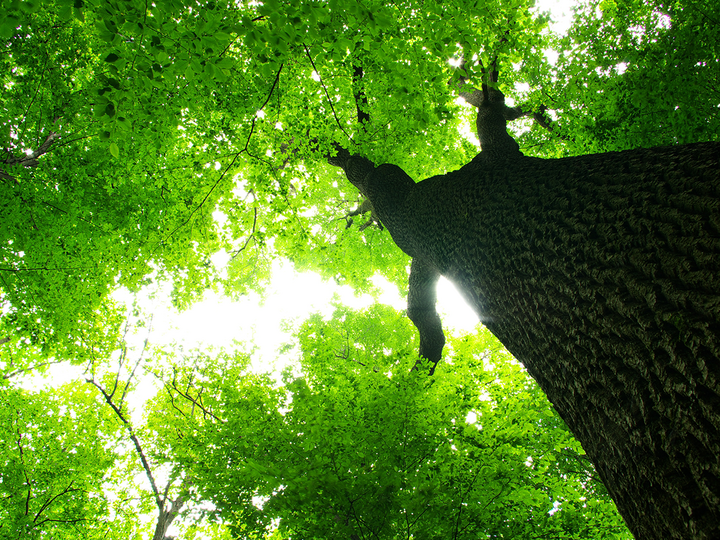
Our community forests, the trees planted in our towns and cities, do constant and amazingly diverse work for us 24/7.
The two most common reasons people give for planting trees are beauty and shade, and trees definitely do a great job of providing those. But they give us so much more, contributing daily to our well-being and quality of life. Some of those benefits are described below.
Health Benefits (both physical and psychological)
The beauty trees provide are certainly pleasant to look at, and the shade sure feels good on a hot day, but that is only the tip of the iceberg. More subtle but at least as important are the many documented health benefits that lie beneath.
- Increased peace of mind and relaxation (lower blood pressure and stress levels)
- Increased sense of belonging due to increased interactions with neighbors
- Reduced levels of anxiety, depression, and aggression
- Increased comfort, not just from cooling shade, but also reduced wind and noise
- Reduced levels of cardiovascular and respiratory disease, skin cancer, and obesity
- Improved immune system and faster healing
Economic Benefits
The cost for planting and maintaining a tree is relatively small, and a tree is one of those rare assets that increase in value with age. Their high return-on-investment alone make trees a good financial choice.
- Decreased building heating and cooling costs
- Increased property values 3-15%, and speeds up home sales
- Attracts new residents and business because of increased neighborhood and community appeal
- Increased retail business since customers enjoy trees surroundings and linger longer
- Increased wildlife habitat, especially for birds and pollinators
- Increased worker productivity
- Decreased costs of air and water pollution control
Environmental Benefits
Trees are of course part of nature, and in that role they greatly contribute to natural cycles of water, air, and carbon. Although we often forget, we are also a part of nature and rely on these natural cycles every day.
- Improved stormwater management (more water retention, less runoff and erosion)
- Improved air and water quality
- Increased carbon, which aids in climate change mitigation
- Reduction of the heat island effect
Social Benefits
Trees help draw us outside and encourage us to linger, to participate, to play an active and positive role in our community.
- Strengthened community by increased outdoor interactions and activities
- Increased neighborhood/community vitality, pride, identity, and cohesiveness
- Reduction in crime by providing the previously listed benefits, plus by encouraging more people to be outside, there are more eyes that naturally discourages unwelcome acts